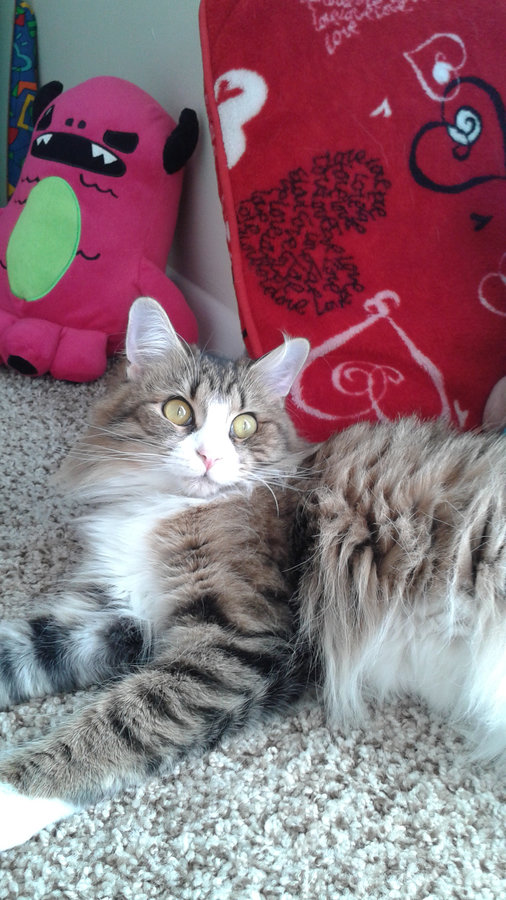Hello fellow cat lovers!
I was urged to join a cat forum because I have a special needs kitty. Had cats all my life, but never one so difficult! I'm talking about Boogie:
She has FLUTD and is pretty young. She's my only fur kid atm, though I will be inheriting some dogs soon. Anyway! I can't wait to hear everyone's stories and such
I was urged to join a cat forum because I have a special needs kitty. Had cats all my life, but never one so difficult! I'm talking about Boogie:
She has FLUTD and is pretty young. She's my only fur kid atm, though I will be inheriting some dogs soon. Anyway! I can't wait to hear everyone's stories and such







